Our test team was stoked to have a chance to get the new Armada boots on their feet, out the door of our test center and on-snow for testing after a long build-up to launch that included early release sales of the boot over the course of this past season. Many of our testers who work in the bootfitting and retail sectors had already had experience selling the boot but hadn't yet skied it. The takeaway after 8-days of on-snow testing was that the AR ONE 130 is a seriously good-skiing boot with some stealthy ascending skills and some fit and entry challenges that shouldn't be a problem for the tough guys who ski a 130-flex. Right?
There was a lot of curiosity about what Armada would bring to market with their first boot project--those in the know expected it would be a three-piece shell design since that was where their brand's ski audience was already focused but the details were secret. When testers first got the 130 in their hands they realized this was not a gooey-soft cabrio best suited for dull-edged butters and rail work--no, the AR ONE 130 is a legitimate 130-flex built to charge, testers said. It's a boot that means business and isn't interested in coddling the unsure.
That begins with entry. It's not the easiest boot to get on, even though ease-of-entry is oft heralded as a cabrio characteristic. It all depends on the stiffness of the the cabrio clog, or open-throated lower shell. In this case the 130-level polyurethane doesn't budge much, so the edges of the cabrio opening are waiting like a stealthy rattler to bite any foot that strays outside the padding offered by the traditional tongue style liner. So, testers say, take a moment to ease the foot past the boot throat's constriction point without yarding the tongue inadvertently off center--let it lay over the top of the foot to protect its slower slide into the boot.
Once in, testers did a little fumbling with the typical three-piece layering puzzle (one tester called it the labia labyrinth) to ensure that the liner tongue and outer cuff layers mated up inside the cuff buckles, without accidentally trapping the cable-dangling, Slingshot middle buckle under the external tongue. That accomplished, testers say this 100mm offers closer closure than expected for a medium-width, with a narrow-class clamp-down across the top of the foot prior to heat molding the liner. They loved the control over the ski that this fit enabled, but they said that the out-of-box fit favored the lower-volume-than-average foot and leg. The heel pocket was tight and right, and the fit remained performance-snug from the instep, through the navicular, inside ankle bone and up into the base of the shin. Some testers loved the snug, ski-tipping grip and others lamented the to-do list in their overgrown hot-spot garden.
While the cuff is solid and strong, both in forward flex and laterally, testers found that the stock geometry best suited skiers who prefer a slightly more forward leaning position and a neutral-to-looser, side-to-side set-up. The AR ONE is well-outfitted to fine-tune stance alignment with a three-position forward lean adjustment (stock is in the middle setting) and an eliptical-cam-style lateral cuff adjustment, so depending on the athlete's intended application there's a way to get dialed in straightforward fashion.
For aggressive all-mountain chargers who want the ability to approach adventure terrain using skins, the AR ONE 130 is the only option for them in the new Armada range as it's the only model that offers toe-only tech fittings. While testers liked the softer styling of the 110-flex we tested and surmised that the 120-flex version might be the all-mountain sweet spot for them, they point out that a lot of core rippers will be choosing the 130 for the ascent option found there.
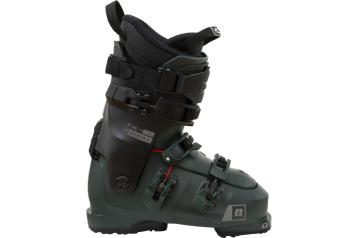
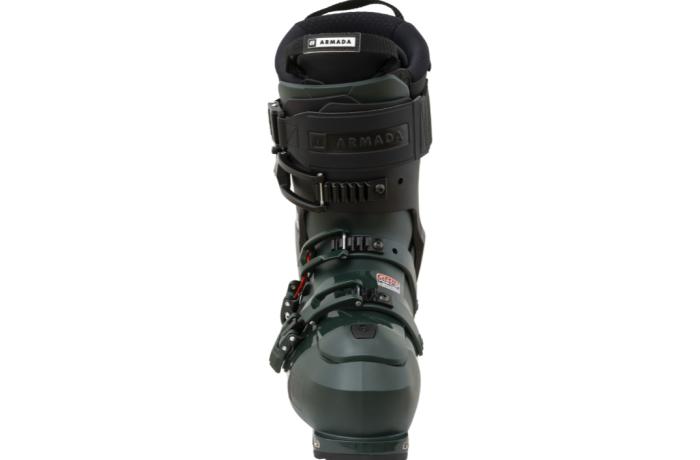
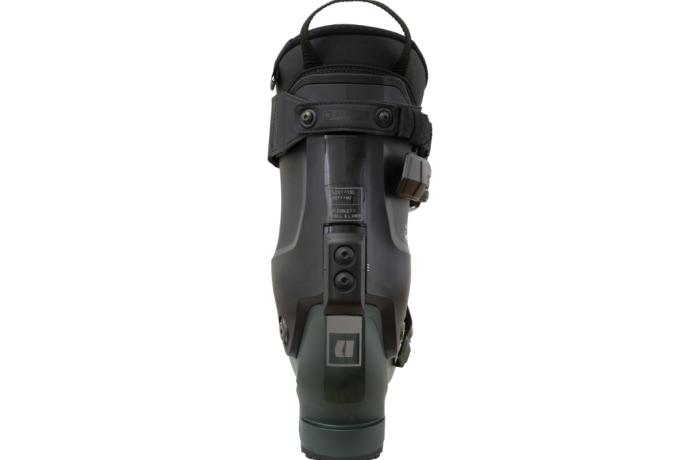
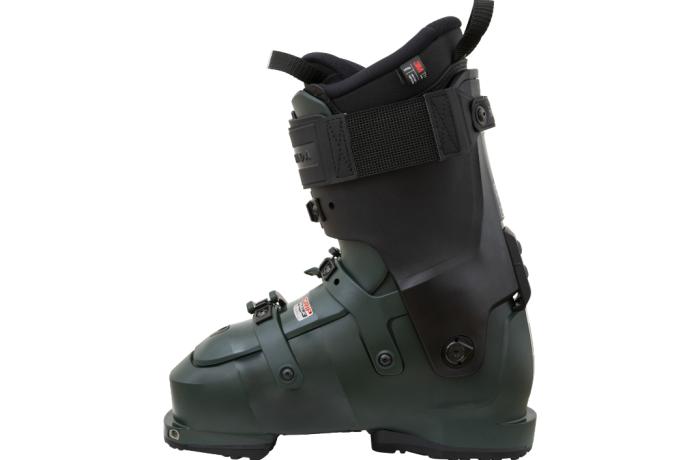
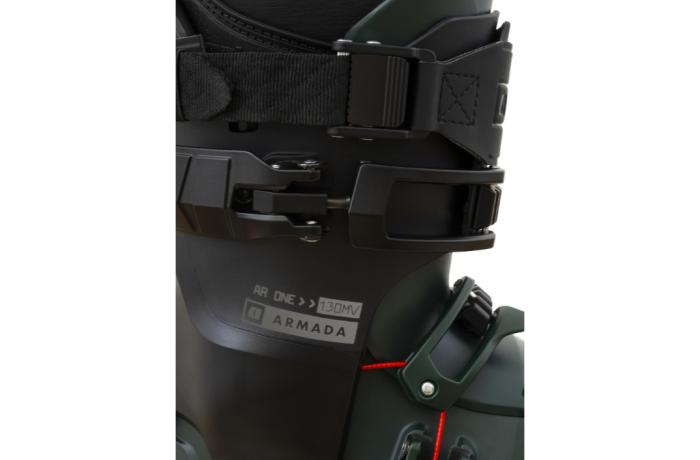
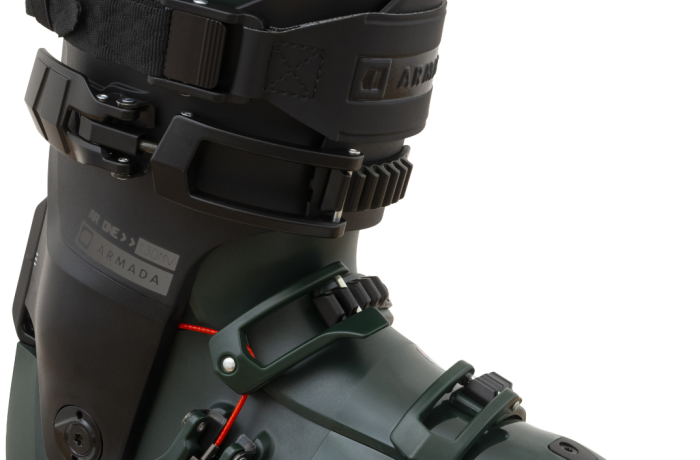
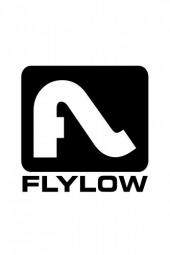



Kudos
Caveats